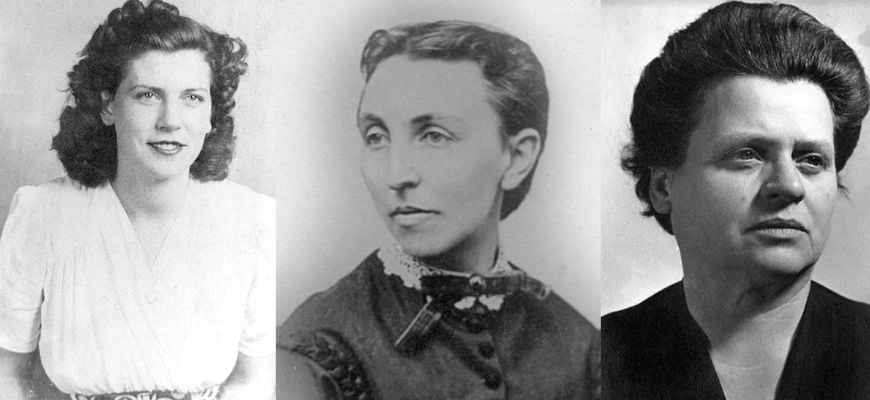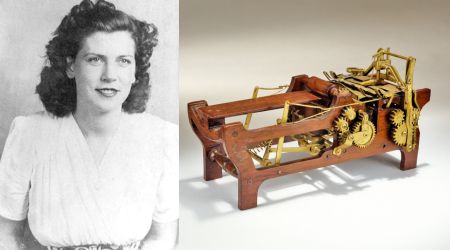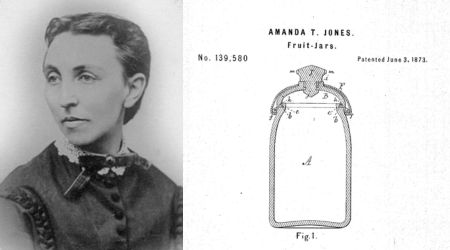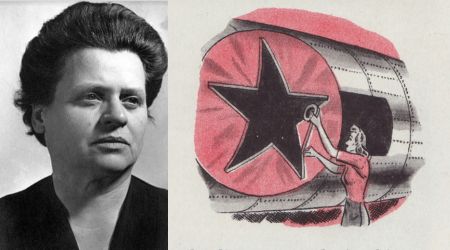
Creating your own Rocket Industrial personal account has many benefits:

In celebration of Women’s History Month, we want to acknowledge some of the women who revolutionized the packaging industry. From creating machinery to mass produce retail packaging to inventing a tape that advanced war efforts, these women significantly contributed to the way we create and use packaging today.

At an early age, Margaret E. Knight enjoyed working with her hands and coming up with new ideas for inventions. In fact, at the age of 12, Knight invented a shuttle restraint system for looms while working at a cotton mill. Unfortunately, she was unaware of the patent system and was not compensated for her efforts. As time went on, she realized the potential of her innovations and fought for her creative rights.
In 1867, Knight started working at Columbia Paper Bag Company and experimented with a machine that could automatically cut, fold, and glue paper to form flat-bottomed paper bags. In 1868, the machine was fully operational and drastically improved the company’s output, so Knight applied for a patent.
Unfortunately, Charles Annan, attempted to steal her design, arguing in court that she “could not possibly understand the mechanical complexities of the machine.” She quickly debunked the claim and provided the original blueprints to win the case.
Knight later co-founded her own paper bag company called the Eastern Paper Bag Company and patented over 25 inventions. Her story continues to inspire the packaging industry today.

A multi-talented woman, Amanda Jones is known for her published writing and her inventions. Before becoming an inventor, Jones wrote poems and short stories, which were published in six books.
In 1872, she developed a vacuum canning process for preserving food known as the Jones Process. At that time, canning required the food to be thoroughly cooked before being stored in tin cans, resulting in mushy and tasteless food.
Instead, the Jones Method used steam to seal jars filled with fruits and vegetables in light syrup, fruit juice, or water. After reaching an internal temperature of 120 degrees Fahrenheit, the air was forced out of the jar, creating an airtight seal that protected food from bacteria growth. Using glass jars and vacuum-sealing lids instead of seam-sealed tin cans also made food preservation more attainable at home.

With two sons serving in the U.S. Navy, Vesta Stoudt wanted to help save soldiers’ lives in World War II. Among the six million American women working in factories producing guns, ammunition, tanks, jeeps, and other military equipment needed, Stoudt realized that there would be a better way to package boxes of ammunition.
The boxes of ammunition were sealed with paper tape with a tab to open the box, then dipped in wax to make them waterproof. The tape was very thin, and the tabs often tore off, leaving soldiers frantically trying to open the box while under fire.
To solve this problem, Stoudt aimed to create waterproof tape to seal the boxes instead, even after her supervisors turned down the idea. On February 10, 1943, she wrote a letter to President Roosevelt with her solution which resulted in the Industrial Tape Corporation producing the waterproof tape named duct tape. The tape became widely used in the military for repairs and later became known as “one-hundred-mile tape” as it was so strong it could hold together a jeep speeding at one hundred miles per hour.
Packaging equipment and materials are continuously being developed and improved. Contact one of our packaging experts to learn more about packaging innovations that could improve your current packaging line.